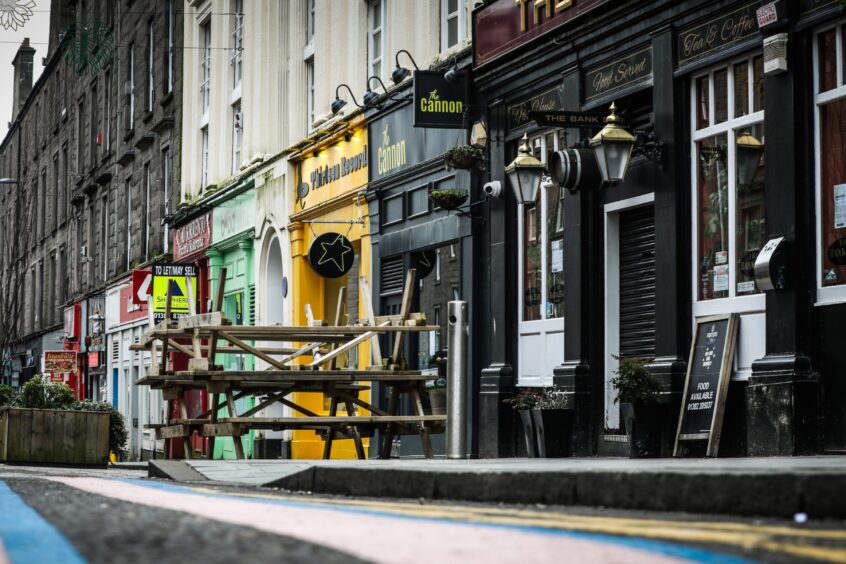
Independent shops and businesses can give your city a distinct feeling and provide shoppers with an experience they can’t find elsewhere.
That option to visit something different can be an attractive pull for a place like Dundee.
So how many independent shops and restaurants exist in Dundee? Using the data from our high street tracker, we categorised each business or charity currently in operation to see the proportion of Dundee’s high streets and shopping centres that are independent versus chains.
We also looked at the vacancy rates across all streets, and whether there was any correlation between the number of independent businesses in an area and the vacancy rates.
What we found:
- More than three-quarters (76.84%) of businesses in the shopping centres are chains
- More than two-thirds (69.05%) of businesses on Dundee’s high streets are independent
- Some of the streets with the lowest vacancy rates also have the highest percentages of independent businesses
How independent is Dundee high street?
Our data covers Castle Street, Commercial Street, Crichton Street, Exchange Street, High Street (including City Square), Murraygate, Nethergate, Perth Road, Reform Street, Union Street and Whitehall Street.
Across all of these streets, a total of 203 out of 294 businesses were categorised as independent – a total of 69.05%.
Eighty-seven of these were chains, while four were not categorised as they are public service buildings.
Union Street and Exchange Street came out top for independent businesses, with both more than 90% independent.
Both streets only had one unit was occupied by a chain. On Union Street this is Ladbrokes, where there is 23 units on the street meaning 96% are independent.
On Exchange Street, the only non-independent business is the Pearson Professional Test Centre. There’s 13 units on the street and 92% are independent.
Perth Road, which has the most units out of all the streets we track on it at 77, has the third highest percentage of independent businesses- 68 out of 77(88%) are independently owned.
On the other side of the spectrum, Murraygate, High Street and Reform Street have the highest percentage of chains filling units.
Murraygate, which has 26 occupied units, has 20 chains and six independent businesses (23%).
What about Dundee’s shopping centres?
Unlike the high streets, the shopping centres do not follow the same trend.
There are 95 units across both the Overgate and Wellgate shopping centres.
Our analysis has found that a total of 21 of those were independent businesses, while 73 were chains. One unit, City House in the Overgate, was not included in the analysis.
In the Overgate we looked at the 66 units to see whether they were a chain or an independent business.
In total, 62 out of the 67 units were chains – 92.54%. There were only four independent businesses including Baba’s American Candy, Elegance Beauty Group Salon, ICOM and Scottish Traditions.
The picture is different in the Wellgate Centre, however. It has a much higher overall vacancy rate than the Overgate does- but the Wellgate houses more independent businesses.
Of a total of 28 units occupied in the centre, 11 of these are chains, while 17 are independent.
Several are the same business however, such as Bliss Beds which occupies unit space over two floors, and the Wellbeing Works, which occupies four unit spaces. Each of these was counted as a separate business, as the units are technically separate and could be used by different businesses in the future, or might have been different businesses in the past.
Do higher numbers of independent businesses lower vacancy rates?
Attracting businesses into Dundee is a priority for the city to ensure that units don’t sit empty for long periods of time.
The aim is to ensure vacant units are being taken over by new businesses, regardless of whether they are a chain or not.
But does having an abundance of independent businesses on a street make it a more attractive place for opening a new store?
So what does that mean?
As three of the businesses with the lowest overall vacancy rates have the highest percentages of independent businesses- it’s clear that the presence of unique businesses may attract others to the area.
Despite Perth Road having the most businesses on it out of all the streets we track, it has the lowest vacancy rate and the third highest percentage of independent businesses.
Union Street and Exchange Street are both also clearly attractive areas for businesses, with high percentages of independents and low vacancy rates.
However, just because a road is mostly made up of chains, doesn’t mean that it is more likely to be empty.
Murraygate, Reform Street and High Street might have the most chains, but they are not the streets with the highest vacancy rates.
High Street has a vacancy rate close to the average which is currently 18.2%, while Reform Street and Murraygate sit at 23.5%.
Commercial Street has the highest number of vacant units despite being 83% independent – so while it might have a positive impact, it doesn’t mean it is the only contributing factor.
It is difficult to say whether independent businesses impact vacancy rates within Dundee’s shopping centres, as many of the businesses that fill the Wellgate centre are not businesses you might traditionally find in shopping centres, but instead are third sector charitable organisations.
Despite the high number of independent businesses, or charities in this case, the centre remains almost half empty. But as charities might not necessarily drive in footfall for the casual shopper as they might not be units the average shopper would casually browse in, it’s difficult to say whether these types of non-chain units would drive extra business.
On the other hand, Overgate shopping centre is mainly chains, but is only 10.5% vacant.
‘High streets have a great deal to offer’
The Scottish Retail Consortium, Scotland’s trade association for retailers, believes that there should be a mix of brands and independent stores in a city centre which work together to form a functional ecosystem.
Current challenges of the high street face both large and small businesses, and although independent businesses might be a draw into the high street for some- large vacant units are more likely to be filled by chains.
Ewan MacDonald-Russell, deputy head of the Scottish Retail Consortium, said: “There is no doubt city centres have been under the cosh in recent years as the high cost of living and cost of business put huge pressure on high street retailers. That has been exacerbated by substantial rises in labour costs and for medium and larger retailers a large hike in business rates.
“Nonetheless our town centres and high streets have a great deal to offer and are at their best when offering an eclectic mix of larger and independent stores and indeed hospitality and leisure too. Much of the time larger and smaller retailers have a symbiotic relationship, relying on each other to thrive and succeed. Sometimes that’s through helping to drive footfall to the area or expanding the range and diversity of what’s on offer.
“Small and large retailers have much more in common than they do differences. They both care about ensuring their shops are attractive to customers, keep up with trends, support the communities they trade in, and play their part in being part of a vibrant and attractive high street. However, with retailers of all size under immense pressure there is much more policymakers can do to support shops, and by extension our high streets.”
One of the ways you can support businesses in and around Dundee is by using the Dundee Loves Local giftcard.
Part of the Scotland Loves Local project, it is managed by Scotland’s Towns Partnership, with support from the Scottish Government.
It is a gift card which can be spent in local shops and restaurants, as well as in hairdressers, beauty salons, sights and experiences.
It covers more than 200 businesses, both within the centre and also outside it- going as far as Invergowrie and Carnoustie.
These cover both independent businesses and chains.
Grace Sellarajah, project officer at Dundee Loves Local, said: “Supporting local businesses is essential for fostering a vibrant and resilient community.
“When you choose to shop local, you’re not just making a purchase – you’re investing in the heart of the community. Local businesses make up such an important part of our community and they are instrumental in creating a thriving city.
“By supporting new local businesses, you’re fuelling economic growth, and promoting job opportunities within the community.”
Methodology
All data is gathered manually and analysed by our data team, which means that it may be subject to some human error. Data on the occupied units for each street and shopping centres were gathered through our high street tracker project, and filtered to only include units that are currently open.
From there, we went through each store manually and decided whether it was an independent business or a chain.
Businesses with multiple locations were deemed to be independent if they were based in Scotland only and were a business registered to an address in Scotland. This includes companies with only a few locations across Scotland but didn’t originate in Dundee, businesses which have a lot of locations but are registered in Tayside or Fife, and businesses that are registered to another city in Scotland outside Dundee and have a number of locations but operate within Scotland only.
Every business was looked up, and if there was not any obvious evidence that there were multiple locations then it was deemed an independent business.
Have your say
The Courier recently launched an initiative called Dundee Matters, which aims to find solutions to the city’s problems.
The first target for the project is Dundee’s high streets. We’re looking for people to have their say by filling out our survey, which asks some questions about the city centre and how you think it could be improved.
Your responses will help guide a high street summit at our city centre office in May, where responses will be put to a panel at an event full of people invested in the future of Dundee.
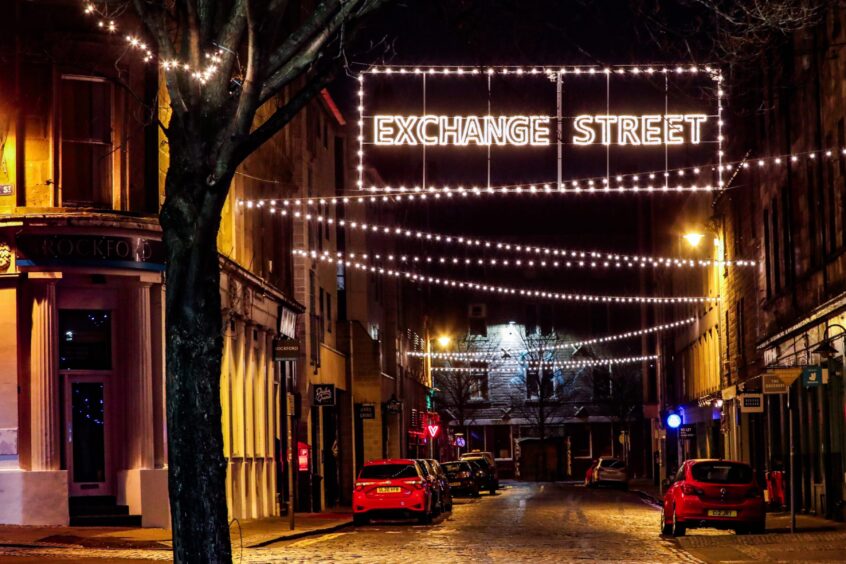
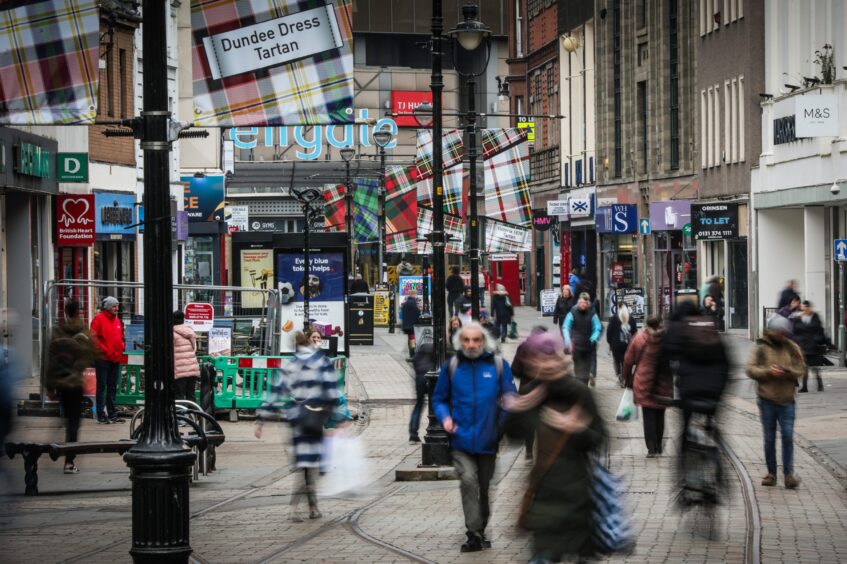
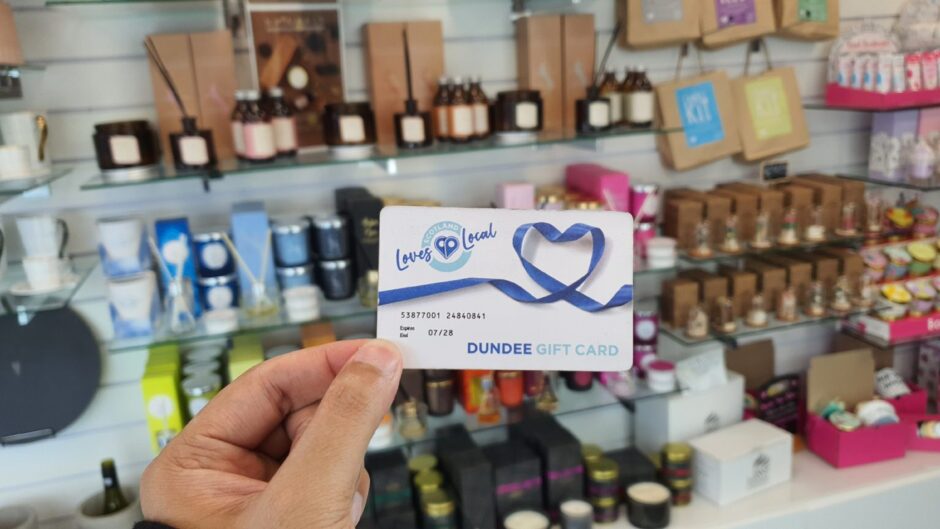

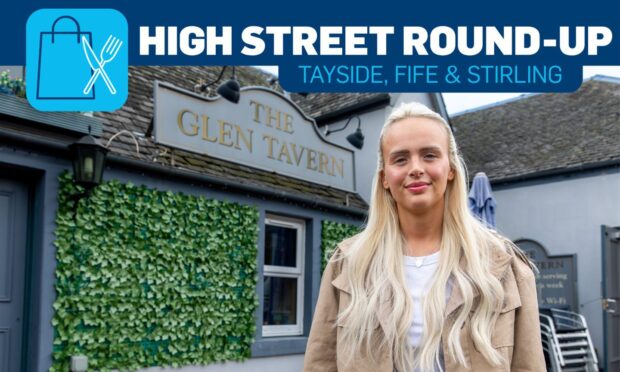
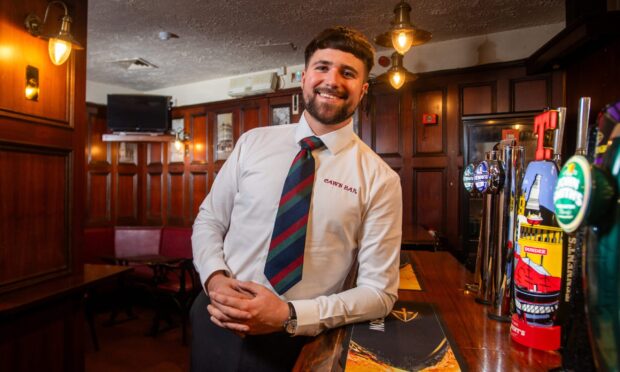



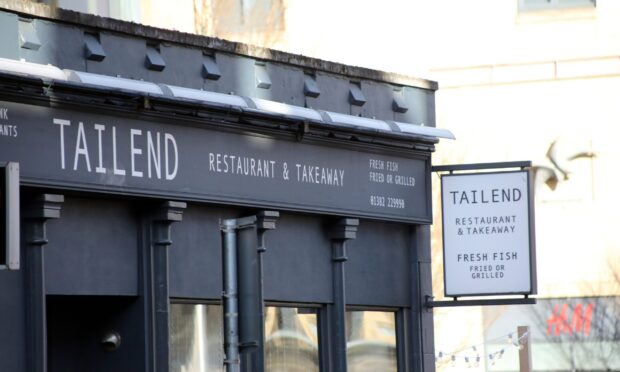
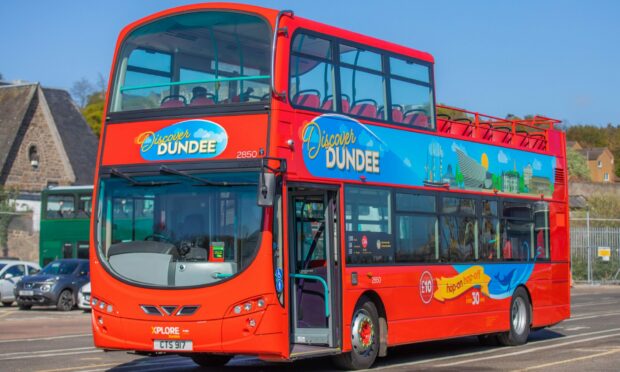
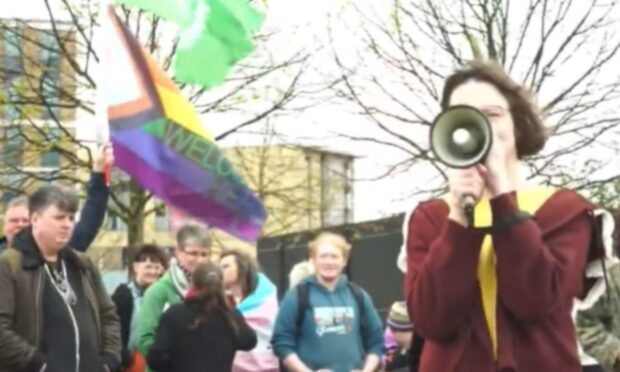
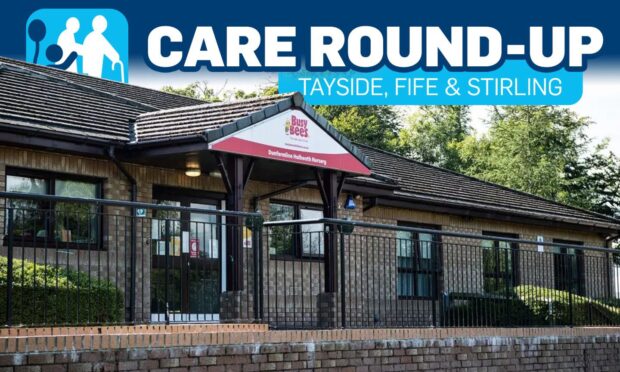

Conversation